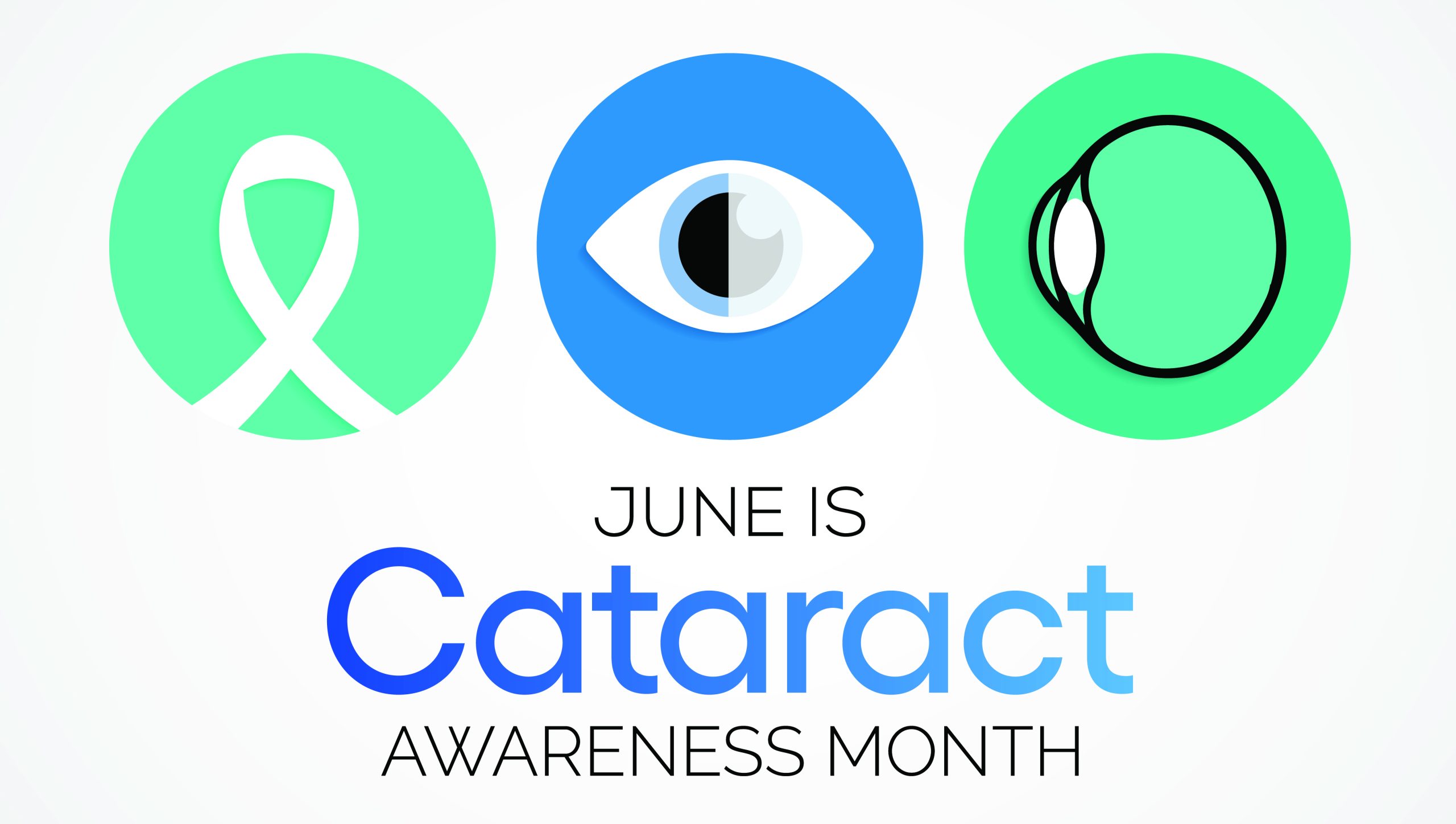 National Cataract Awareness Month is celebrated in June. The awareness campaign promotes information about the eye condition that is the leading cause of treatable vision loss in the U.S.? Yes, this is a scary fact, but no need to be frightened because cataracts are treatable with an outpatient surgery.
National Cataract Awareness Month is celebrated in June. The awareness campaign promotes information about the eye condition that is the leading cause of treatable vision loss in the U.S.? Yes, this is a scary fact, but no need to be frightened because cataracts are treatable with an outpatient surgery.
Vision loss from cataract is caused by clouding on the lens of the eye. The lens of the eye is behind the colored iris and its dark center pupil. Cataract surgery removes the cloudy lens and replaces it with a crystal-clear artificial lens. This common eye condition mostly affects people over 50 and the causes can range from simple aging, diabetes, long-term eye diseases, and eye injury/inflammation, to factors like hereditary influences, smoking, intake of certain oral steroids, and so forth.


Although there may be no early symptoms, patients may begin to notice:
- cloudy or blurry vision
- colors that look faded
- difficulty seeing at night
- a halo around lights, making night driving difficult
- seeing double out of the affected eye
- frequent changes of the prescription of eyeglasses or contact lenses
YOUR DIET IS VERY IMPORTANT
A healthy diet may help reduce risk of and/or delay formation and progression of cataracts. Research suggests that a diet high in vitamin C-rich foods — citrus (oranges, kiwi, lemon, grapefruit), bell peppers, strawberries, tomatoes, cruciferous vegetables (broccoli, Brussels sprouts, cabbage, cauliflower) — is helpful in slowing the progression of cataracts. More importantly, adopting good nutrition is a cornerstone of optimizing health early in life and can greatly reduce the risk of developing age-related diseases including cataracts. For eye healthy recipes visit discoveryeye.org/eye-cook-delicious-food-health/
BE SURE TO HAVE AN ANNUAL EYE EXAM
By age 40, all adults should visit an eye specialist for a comprehensive eye exam to screen for early-stage cataracts and other eye diseases that are leading causes of low vision and even blindness. By age 65, a routine eye exam is recommended every year, in most cases to diagnose cataracts that are progressively clouding the lens. Cataract can be more common in people with diabetes, after eye trauma or in those taking corticosteroid medications. A comprehensive eye exam allows eye specialists to detect and monitor cataract progression as well as diagnosing other problems such as glaucoma. Patients should discuss with their eye specialist their vision problems and seek guidance about the timing of cataract surgery when worsening vision has compromised their quality of life and normal functioning.
LIVE A HEALTHY LIFESTYLE
Multiple factors are at play that increase our risk for developing a degenerative eye disease or vision compromising conditions as we age. If an individual lives long enough, then cataract formation is unavoidable. Living a healthy lifestyle, however, greatly improves an adult’s odds of avoiding early onset, faster progression, or possibly even avoiding the need for cataract surgery in the future.
WHY WE PROMOTE CATARACT AWARENESS MONTH
It’s a celebration of sight – The ability to see the world clearly and in all its glory is something we shouldn’t take for granted. Millions upon millions of cells perform complex operations in our eyes to allow us the gift of sight. We should take care of our eyes and appreciate our glorious vision for what it is.
It’s a celebration of science – Science has not only explained to us how intricately our eyes work, but it has also revealed to us the many ways we can repair and treat them in case things go south. Medical advancements have ensured that about 80% of all eye diseases are treatable or can be prevented.
It’s a celebration of modern surgery – There’s “always” light at the end of the tunnel. Today’s cataract surgery is a modern-day miracle developed by dedicated surgeons over the last five decades. For most of us it is a painless, outpatient surgery with rapid return of excellent vision.
For more information about cataract:


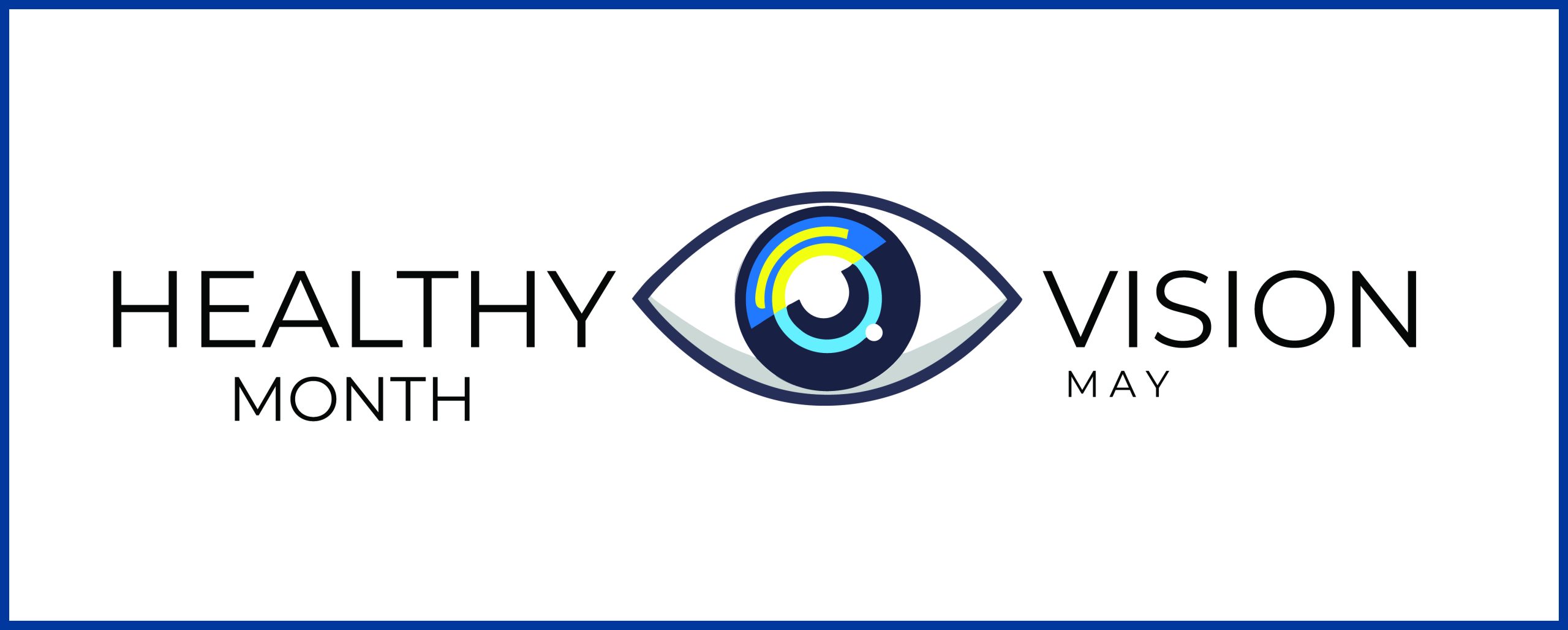
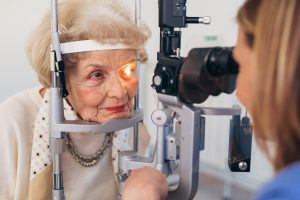 Here are a few ways you can help protect your vision
Here are a few ways you can help protect your vision
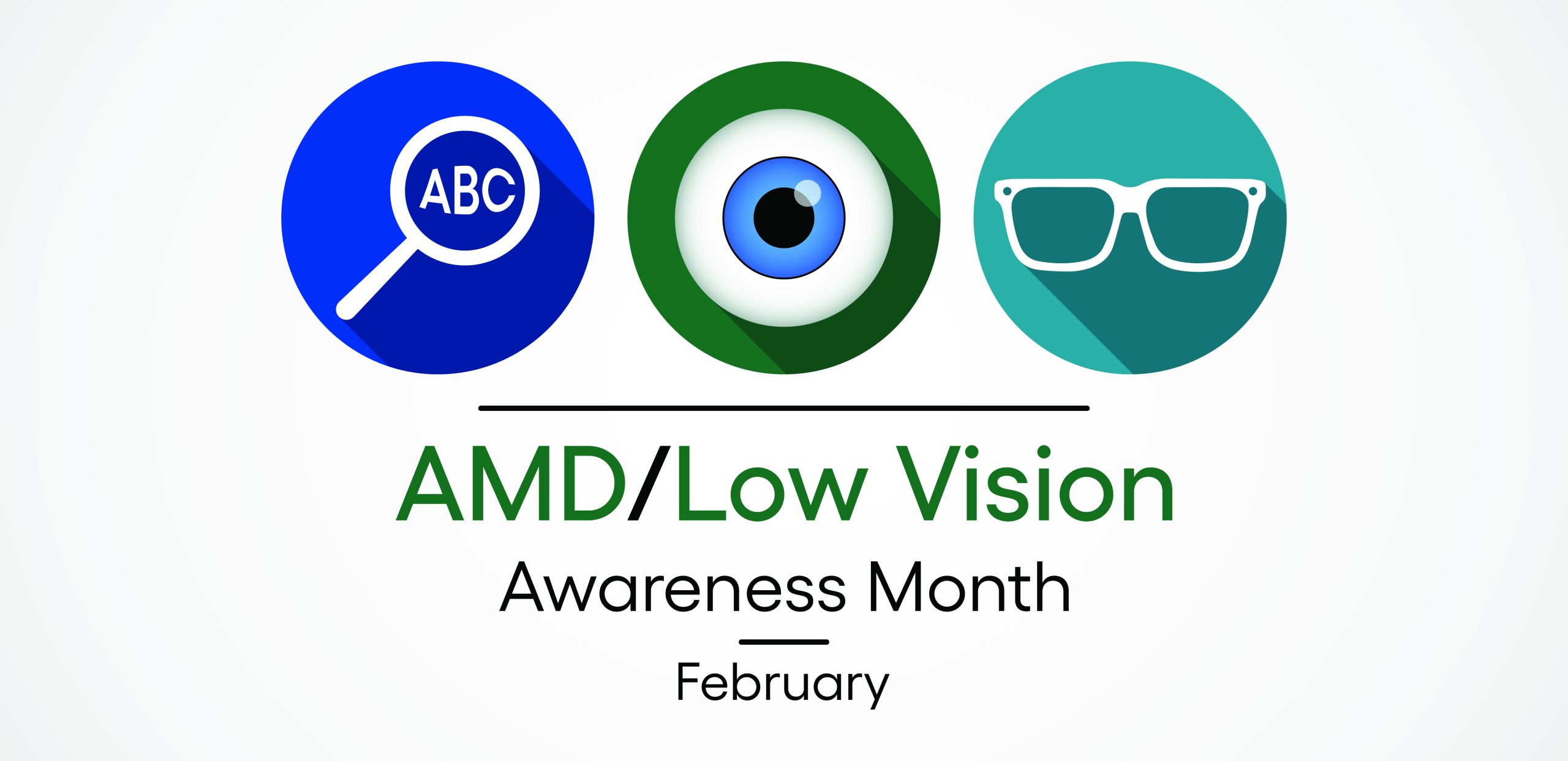 Low vision affects millions of Americans — including many older adults. People with low vision aren’t blind, but because of their vision loss, they may not be able to do everyday tasks like driving or reading even with glasses.
Low vision affects millions of Americans — including many older adults. People with low vision aren’t blind, but because of their vision loss, they may not be able to do everyday tasks like driving or reading even with glasses.



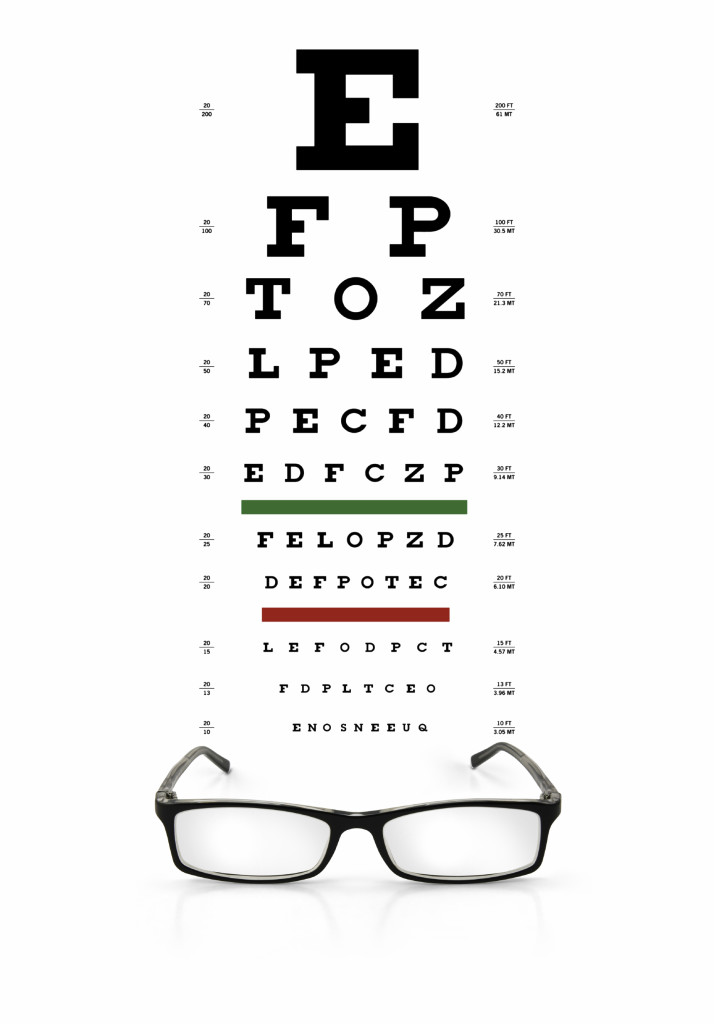 Understanding What 20/20 Vision Means
Understanding What 20/20 Vision Means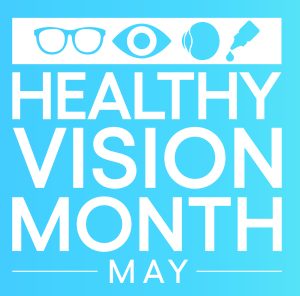 Vision loss can have a major impact on every part of life. Having a visual impairment can create challenges in performing everyday tasks, and the stigma around losing vision can be isolating — causing feelings of fear, anxiety, or depression. But you’re not alone.
Vision loss can have a major impact on every part of life. Having a visual impairment can create challenges in performing everyday tasks, and the stigma around losing vision can be isolating — causing feelings of fear, anxiety, or depression. But you’re not alone.
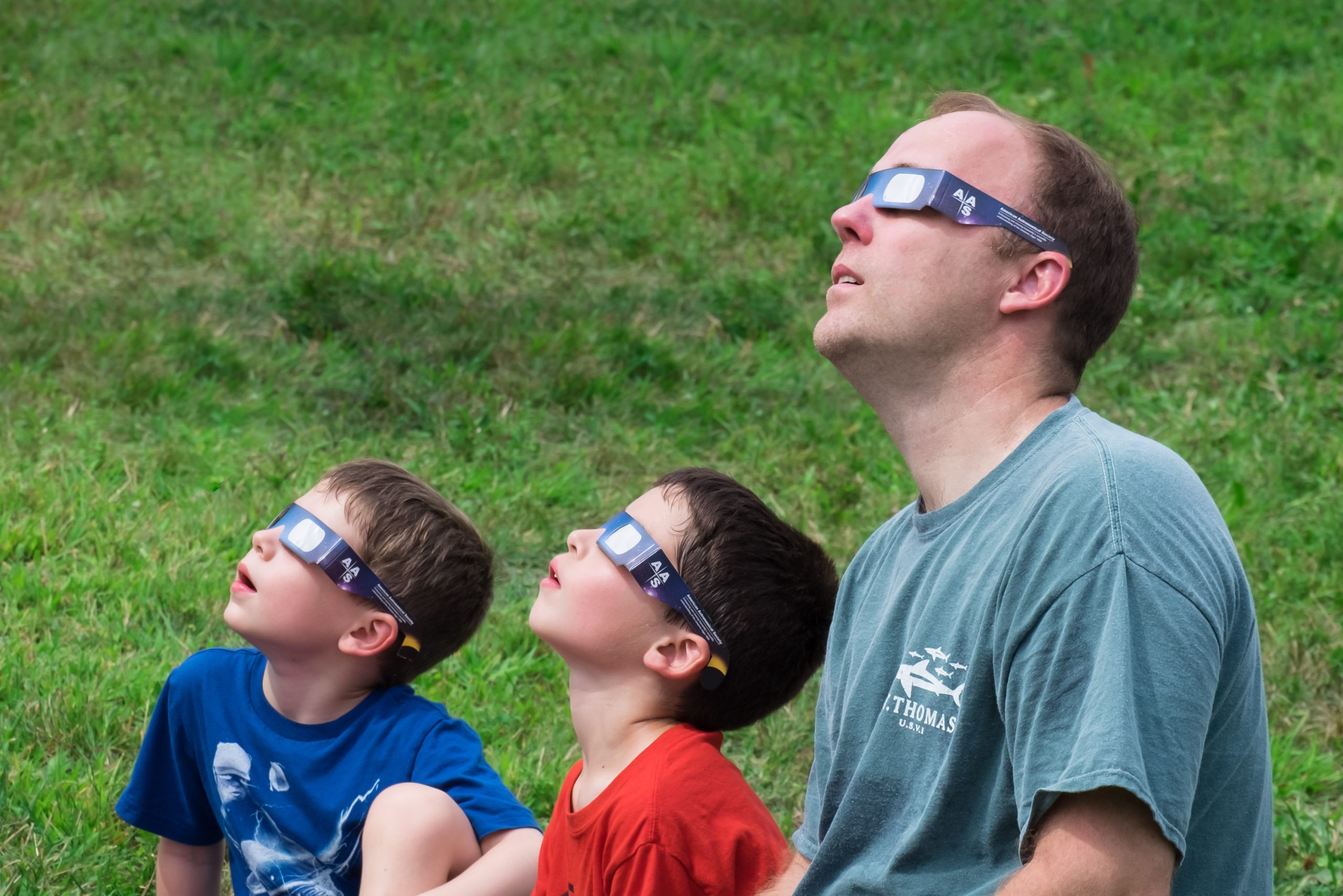 To protect your eyes during an eclipse, you need special glasses. Never use sunglasses, as they do not offer proper protection. Make sure they meet safety requirements and are manufactured with the ISO 12312-2 standard. Look for ISO standard labeling when looking for solar eclipse glasses and purchase them from a trusted source.
To protect your eyes during an eclipse, you need special glasses. Never use sunglasses, as they do not offer proper protection. Make sure they meet safety requirements and are manufactured with the ISO 12312-2 standard. Look for ISO standard labeling when looking for solar eclipse glasses and purchase them from a trusted source.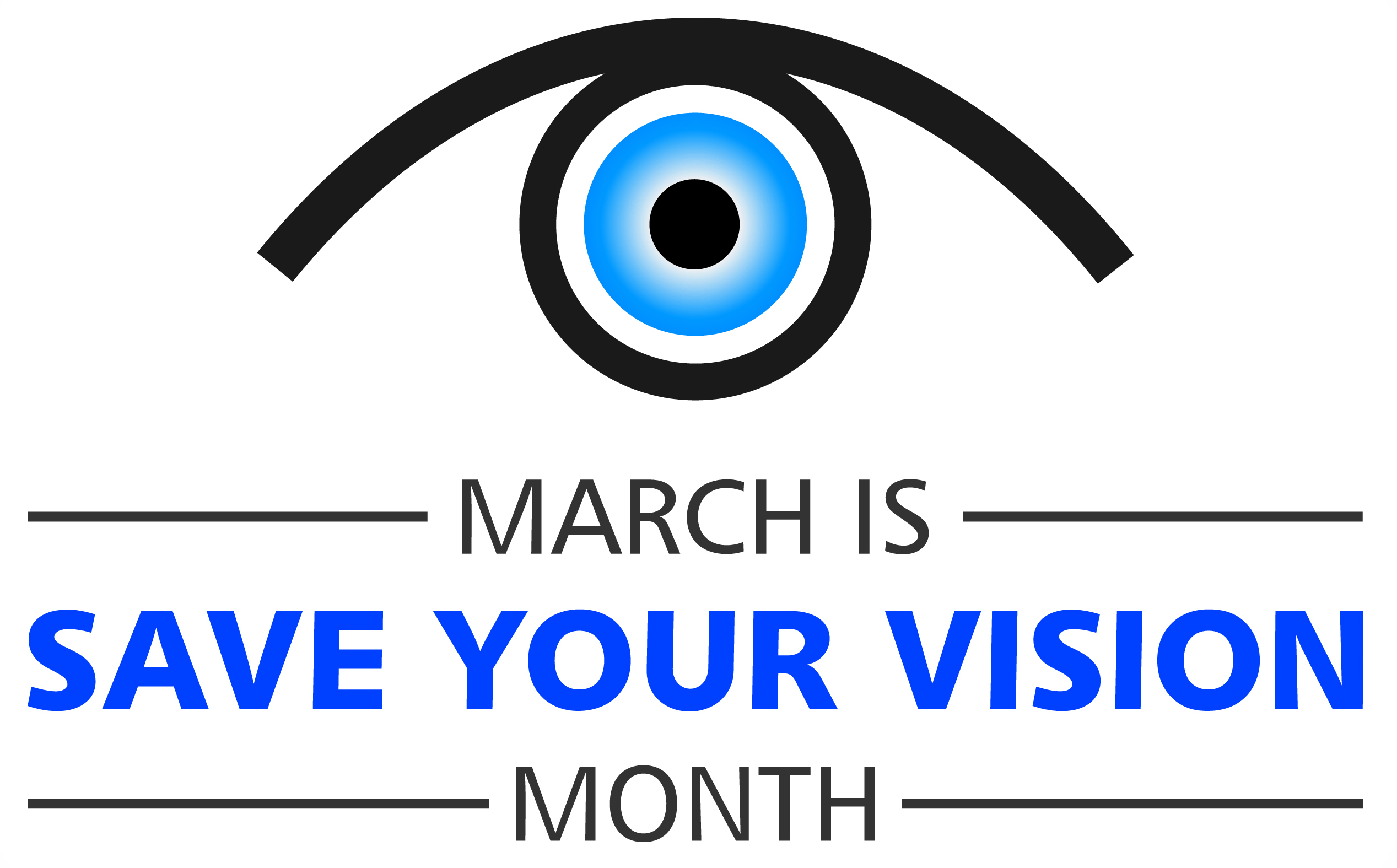 Save Your Vision Month is here.
Save Your Vision Month is here.


 Don’t smoke. Smoking increases your risk for age-related macular degeneration, cataract, and other eye diseases and conditions that can damage the optic nerve.
Don’t smoke. Smoking increases your risk for age-related macular degeneration, cataract, and other eye diseases and conditions that can damage the optic nerve. Wear protective eyewear when outdoors. Protecting your eyes from the sun’s ultraviolet rays when you are outdoors is vital for your eye health. Wearing sunglasses that block 99 to 100 percent of both UV-A and UV-B radiation.
Wear protective eyewear when outdoors. Protecting your eyes from the sun’s ultraviolet rays when you are outdoors is vital for your eye health. Wearing sunglasses that block 99 to 100 percent of both UV-A and UV-B radiation. Know your family history. Talk to your family members about their eye health history. It’s important to know if anyone has been diagnosed with a disease or condition since many are hereditary, such as glaucoma, macular degeneration, and diabetes . This will help determine if you are at higher risk for developing an eye disease or condition.
Know your family history. Talk to your family members about their eye health history. It’s important to know if anyone has been diagnosed with a disease or condition since many are hereditary, such as glaucoma, macular degeneration, and diabetes . This will help determine if you are at higher risk for developing an eye disease or condition. Consider a multivitamin. Vitamins C, E and the mineral zinc have been shown to promote eye health. Vitamins with Lutein and Zeaxanthin have been known to help patients with moderate to severe age-related macular degeneration.
Consider a multivitamin. Vitamins C, E and the mineral zinc have been shown to promote eye health. Vitamins with Lutein and Zeaxanthin have been known to help patients with moderate to severe age-related macular degeneration. Give your eyes a rest. If you spend a lot of time at the computer or focusing at any one distance, you sometimes forget to blink, resulting in dryness and eye fatigue. Every 20 minutes, look away about 20 feet in front of you for 20 seconds. This can help reduce eyestrain. Consider using a lubricant eye drop during long periods of intense eye use and rest your eyes for 5 minutes.
Give your eyes a rest. If you spend a lot of time at the computer or focusing at any one distance, you sometimes forget to blink, resulting in dryness and eye fatigue. Every 20 minutes, look away about 20 feet in front of you for 20 seconds. This can help reduce eyestrain. Consider using a lubricant eye drop during long periods of intense eye use and rest your eyes for 5 minutes.